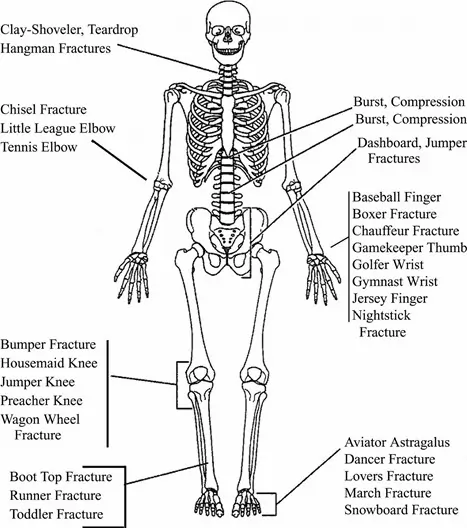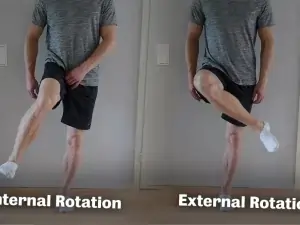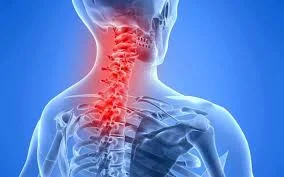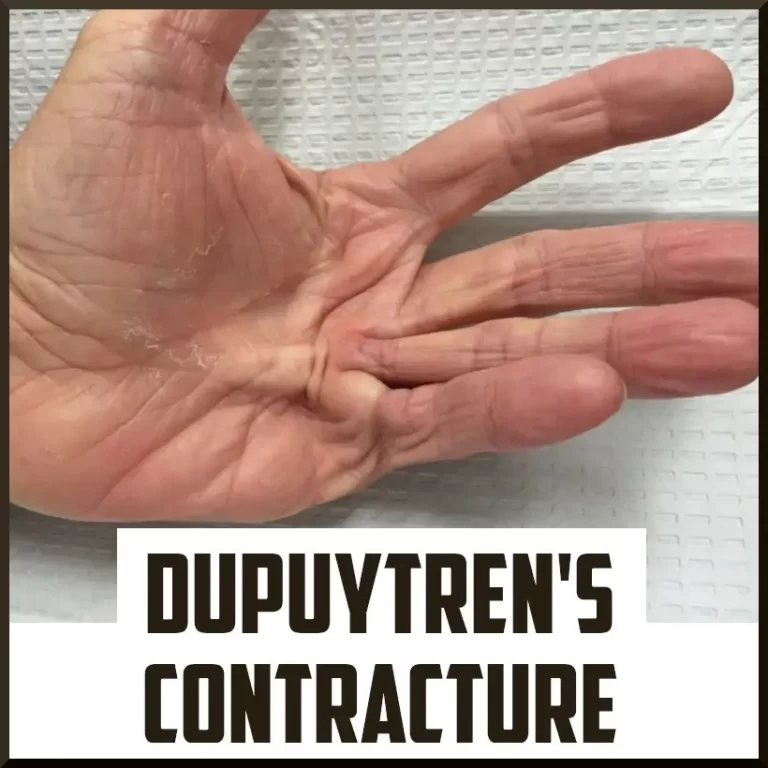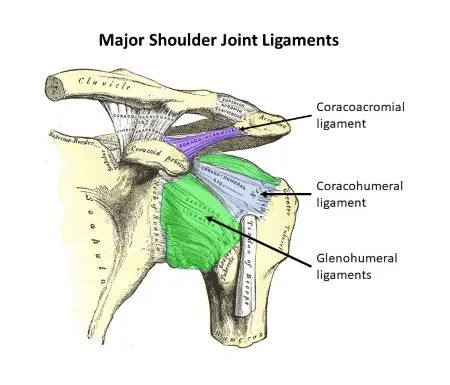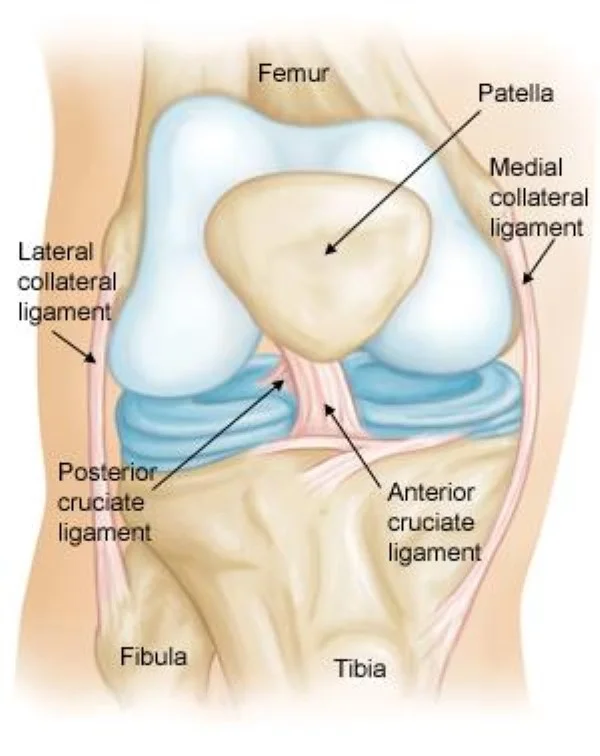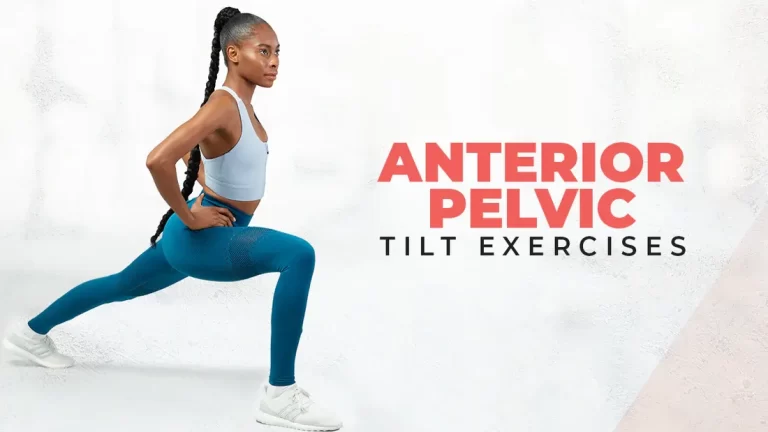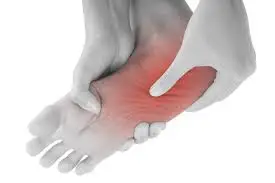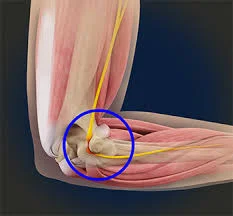List of Common Fractures in Human Body
Here’s a comprehensive list of common fractures in the human body, categorized by region: 1. Skull and Face Fractures 2. Spine Fractures 3. Shoulder and Upper Arm Fractures 4. Forearm and Elbow Fractures 5. Wrist and Hand Fractures 6. Pelvic and Hip Fractures 7. Thigh and Knee Fractures 8. Leg and Ankle Fractures 9. Foot…

